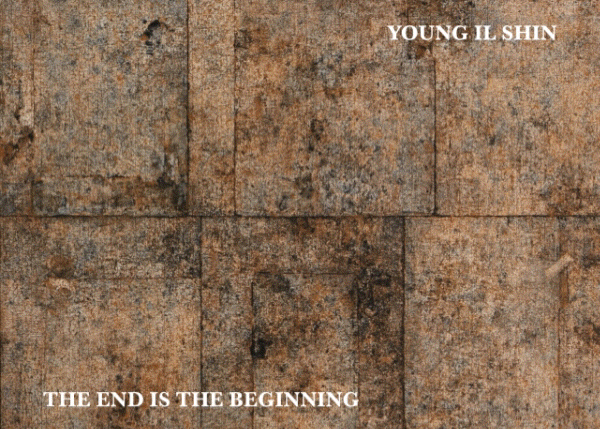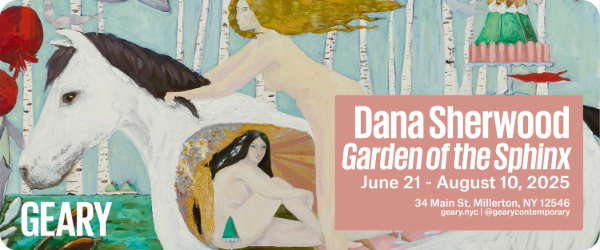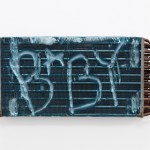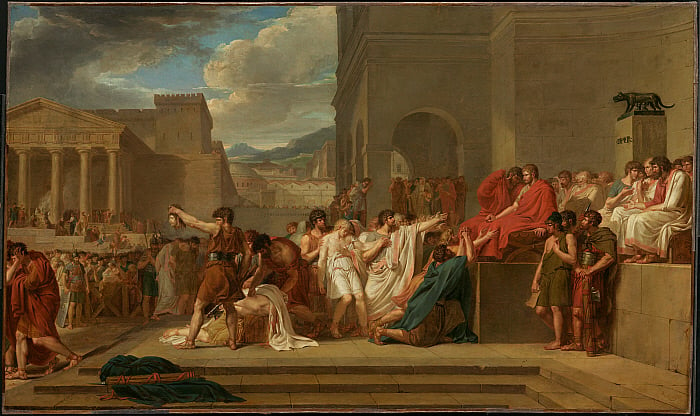
Contributed by David Carrier / Guillaume Lethière (1760–1832) was a very good French neoclassical painter. Respected and honored in the French art world, he served as director of the French Academy in Rome and was admired as a teacher. Consistent with this stature, the eponymous exhibition currently on view at The Clark Art Institute is robustly curated. In addition to abundantly contextualizing Lethière’s work, the exhibition materials document a life that embodied much of France’s complicated colonial history.
Born in the French colony Guadeloupe, Lethière was the son of a white owner of a lucrative sugar plantation worked by slaves, and an enslaved mixed-race woman. He was active in the abolition movement that coalesced in France during the run-up to the French Revolution, after which, in 1794, the radical French government tenuously abolished slavery in France’s colonies. Haiti achieved independence in 1804 on the strength of its singularly successful slave revolt. Napoleon re-established slavery in the remaining sugar-growing colonies but abolished it again in 1815.
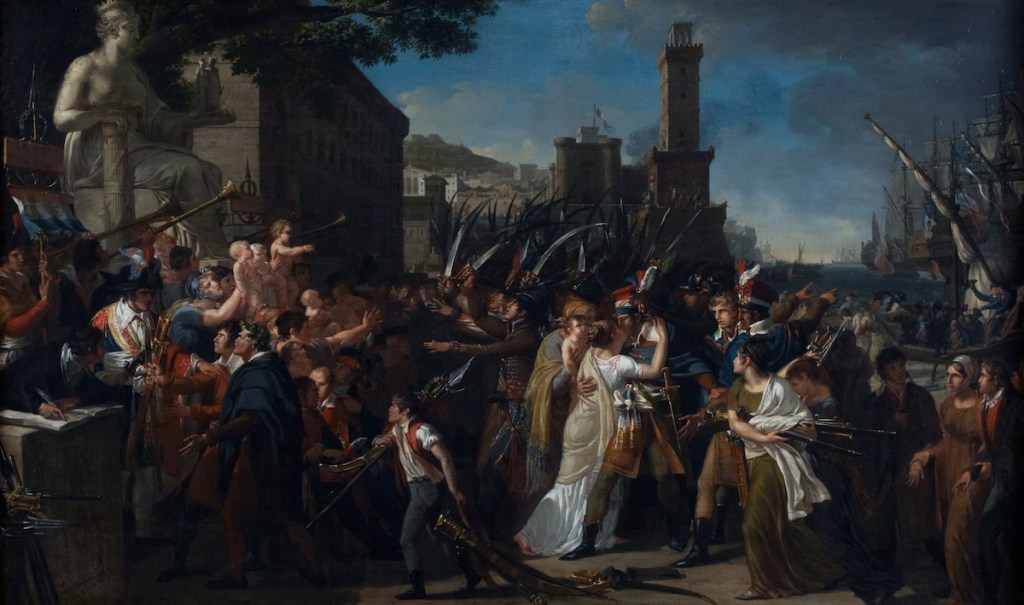
Prior to the Revolution, French artists, including Lethière and his famous near-contemporary Jacques-Louis David (1748–1825), tended to articulate responses to contemporary events metaphorically, in terms of classical subjects. Lethière’s distinctly graphic Brutus Condemning His Sons to Death (1788), for instance, was the artist’s way of responding to brewing political conflict. After the revolution, with Napoleon’s patronage, his paintings became more topical. Examples include The Homeland is in Danger (1799), referring to the Second Coalition’s threat to France and celebrating the country’s revolutionary army to support conscription, and, less dramatically or urgently, the beautifully composed Woman Leaning on a Portfolio (1799).
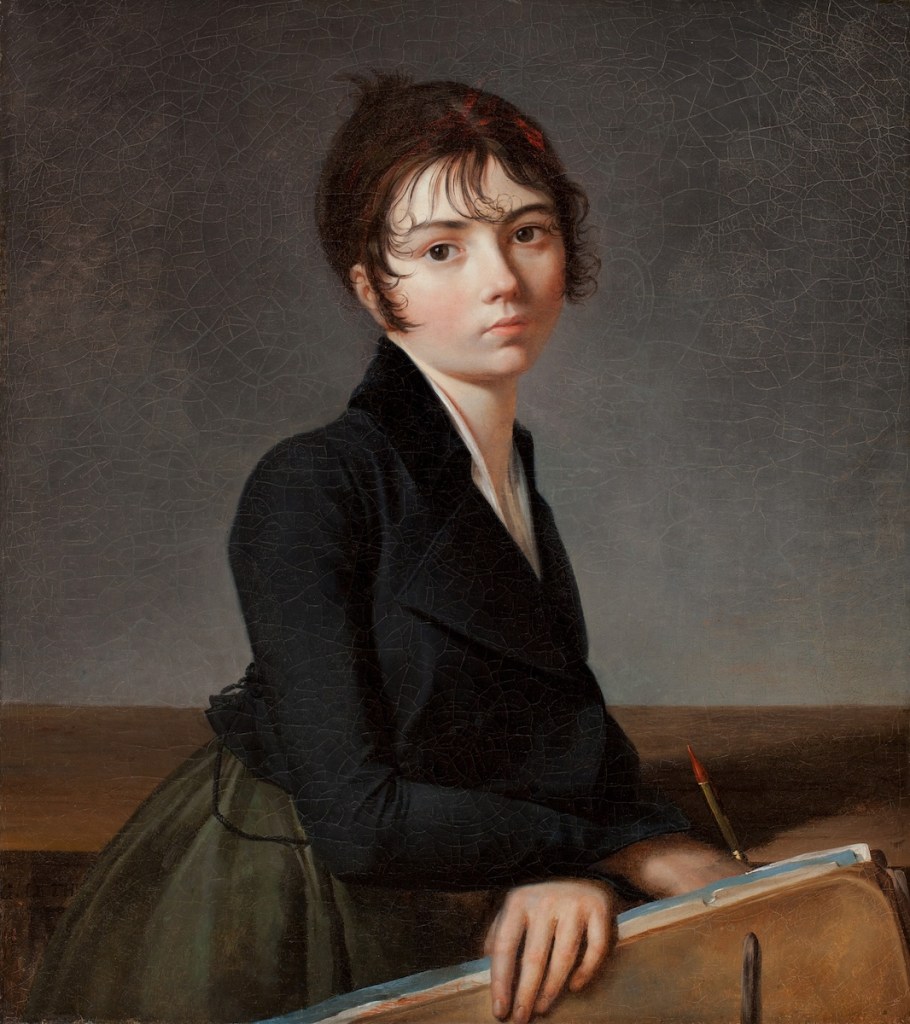
From a historical standpoint, the most important painting referenced is Lethière’s Oath of the Ancestors, which he gifted to Haiti in 1822. It shows the two allied leaders ultimately responsible for the abolition of slavery on the island: the mixed-race general Alexandre Pétion (1770–1818), wearing half black and half white, and the Black, formerly enslaved general Jean-Jacques Dessalines (1758–1806), dressed entirely in black and embracing the figure of a very white God. Over 200 years later, of course, Haiti remains riven by internal political conflicts between its ancestrally African, mainly Haitian Creole-speaking majority – descended from slaves – and the Francophone elite. From this perspective, the legacy of slavery there has yet to be overcome. The 2023 earthquake and political chaos in Haiti precluded the transport of Oath of the Ancestors to Massachusetts. Judging by the stunning, full-size reproduction at The Clark, it was Lethière’s masterpiece.
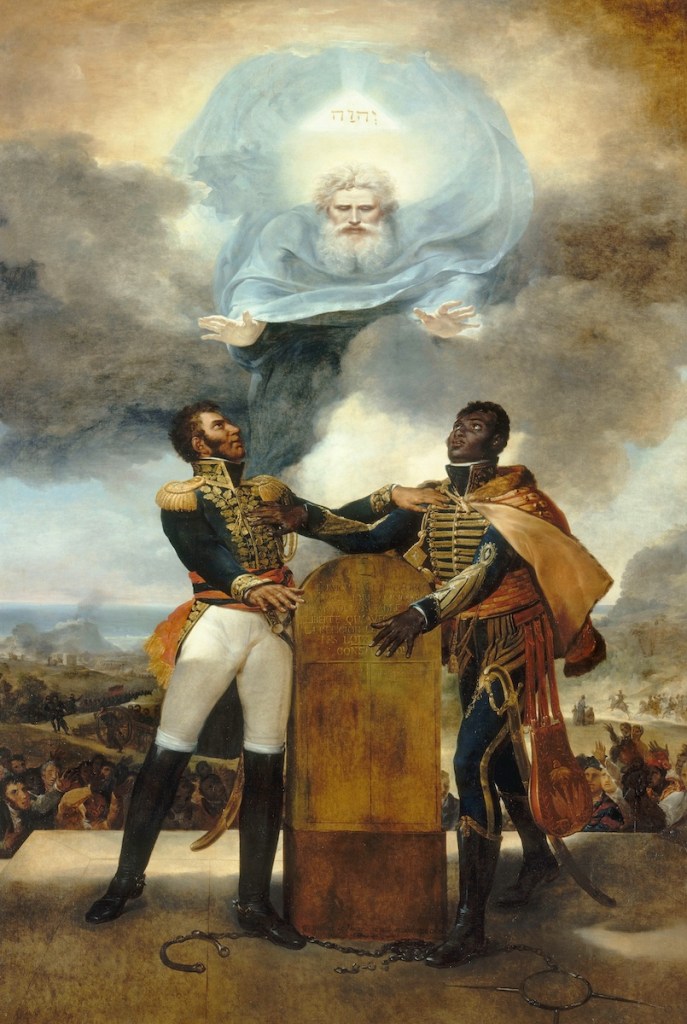
“Guillaume Lethière,” The Clark Art Institute, 225 South Street, Williamstown, MA. Through October 14, 2024. At the Musée du Louvre, Paris, November 13–February 19, 2025.
About the author: David Carrier is a former professor at Carnegie Mellon University; Getty Scholar; and Clark Fellow. He has published art criticism for Apollo, artcritical, Artforum, Artus, and Burlington Magazine, and has been a guest editor for The Brooklyn Rail. He is a regular contributor to Two Coats of Paint.


